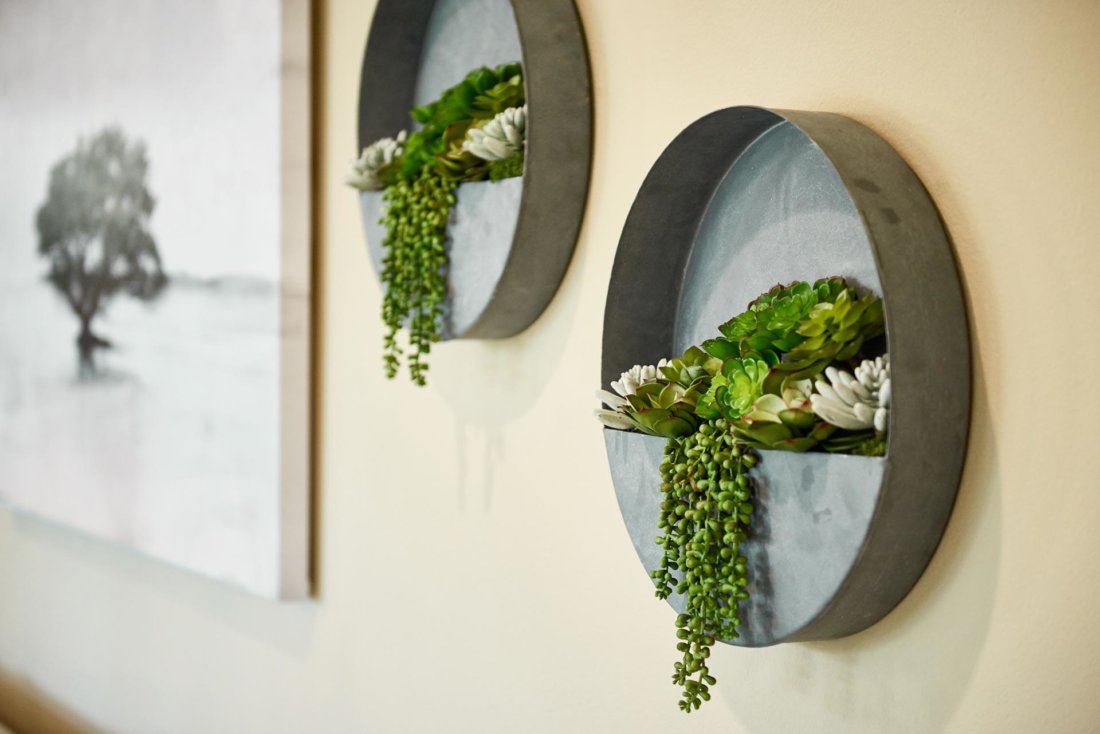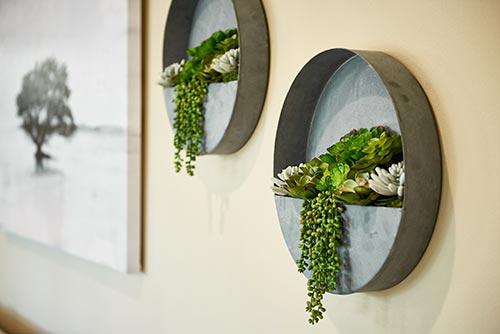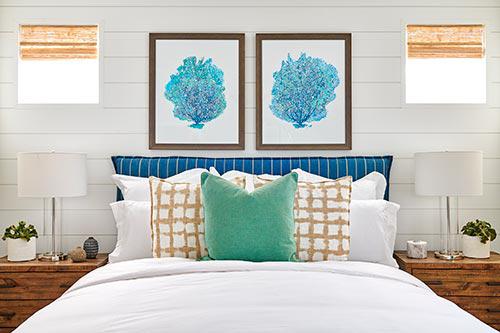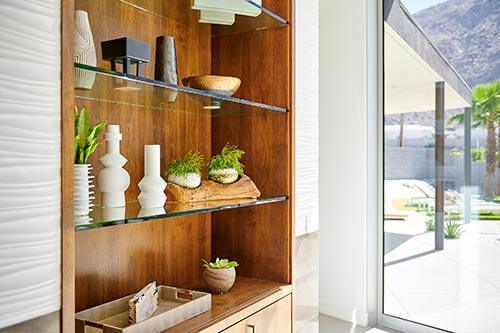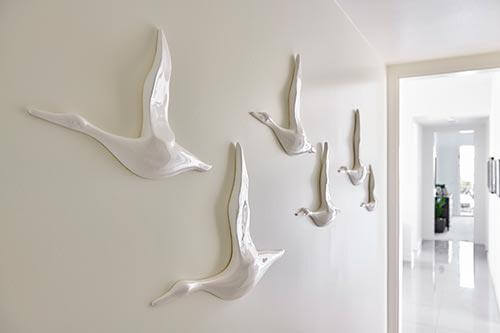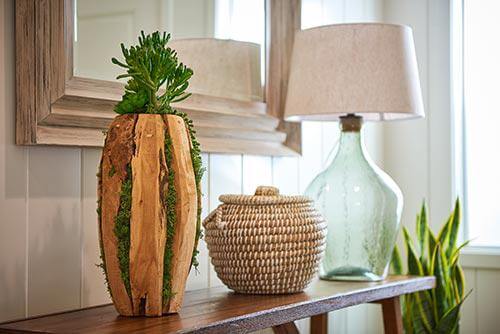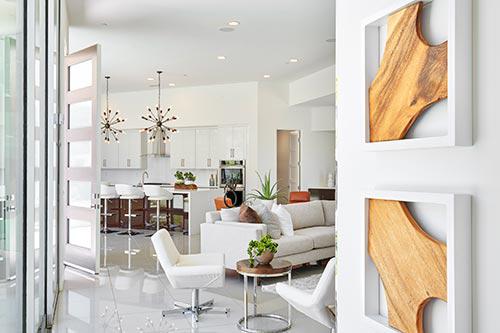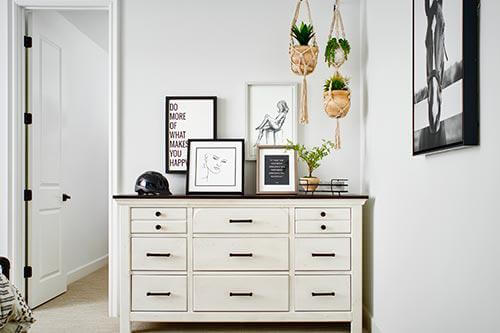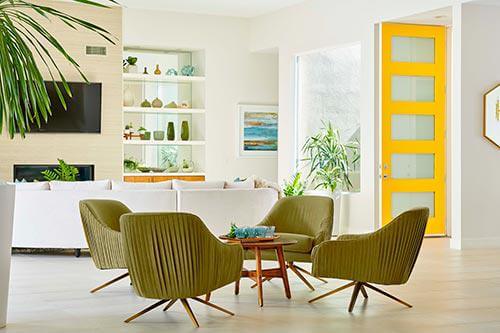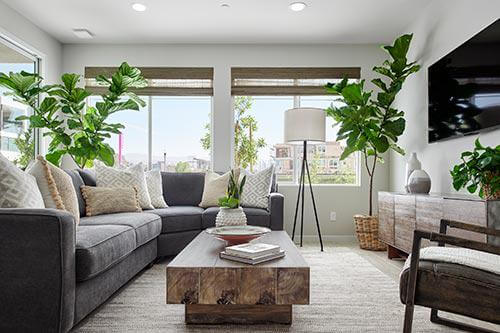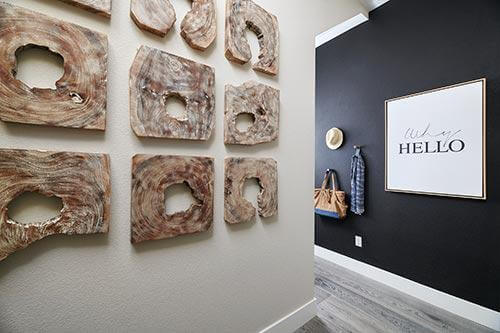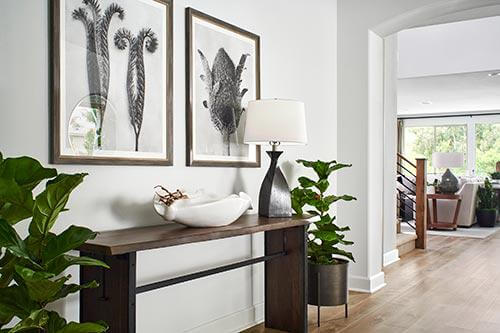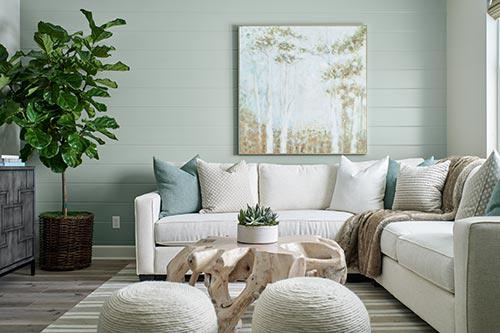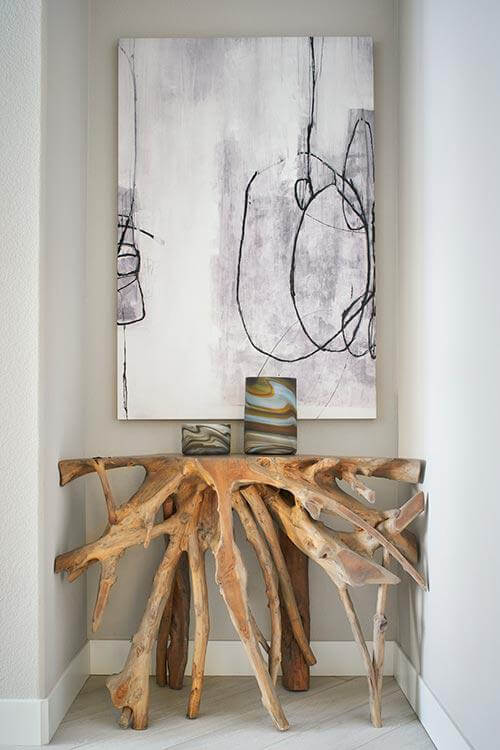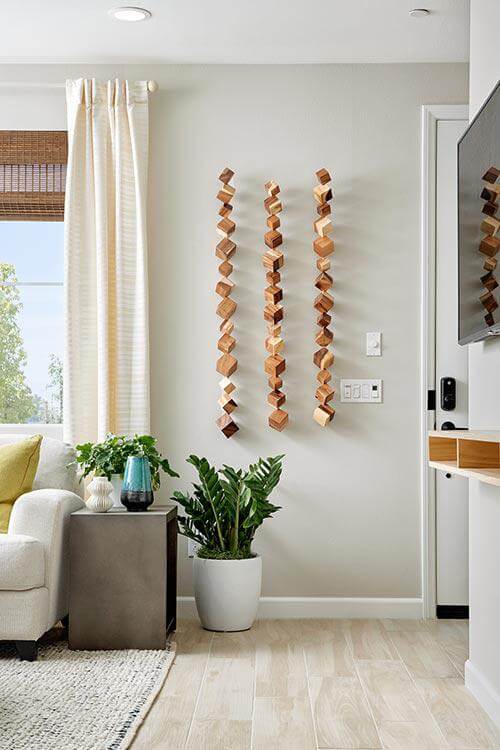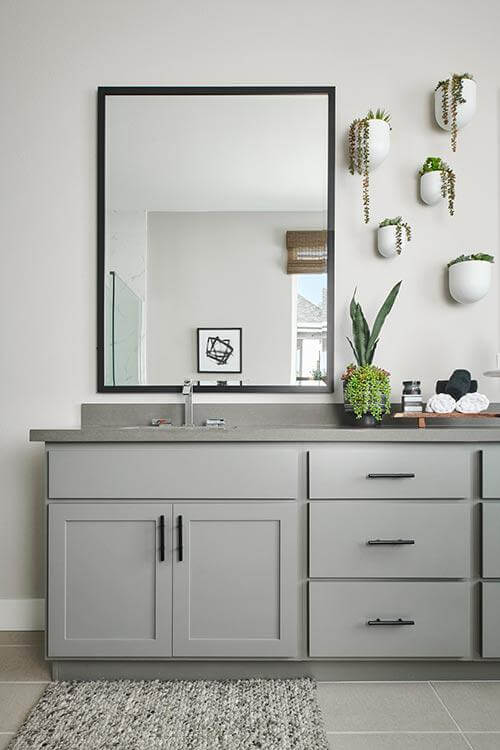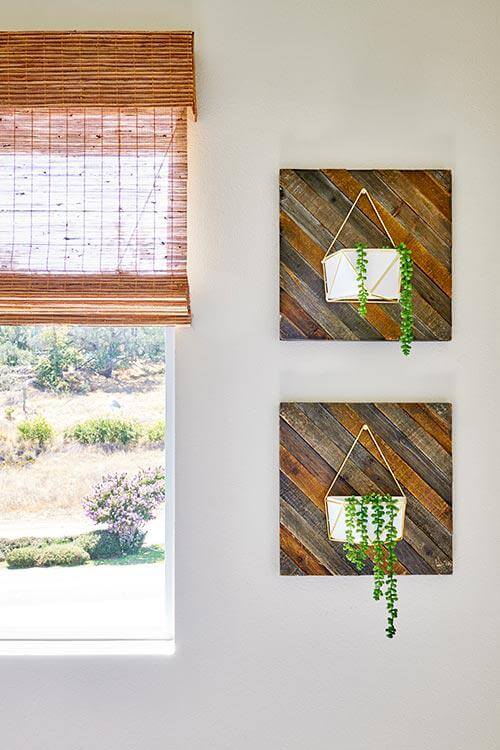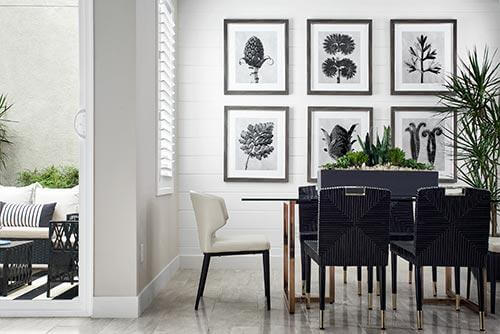Natural Wonder: Biophilic Design
If you’ve ever felt reinvigorated after a walk in the woods or a stroll through a park, you’re not alone. It’s well known that spending time in or being near nature is linked to health benefits and an increase in overall wellbeing. It’s no wonder we’re drawn to biophilic design—the integration of nature in the built environment.
Biophilic design is more than adding a few houseplants, though greenery is an important element. It’s about leveraging architecture and interior design to create healthier spaces that make us feel as we do when immersed in nature: connected, safe, curious, and refreshed.
So what exactly is biophilic design, and how can you incorporate it in your home? Some key elements include:
Natural light. This could involve a home’s orientation, window placement and size, and any design that helps blend the boundary between inside and outside.
Biomorphic design. There’s an emphasis on furnishings that imitate objects and forms found in nature, like curves, rounded shapes, waves, leaves, and rock. The use of natural materials – wood, rattan, stone, leather – reinforces the outdoor connection.
Color palette. Think shades of green and lots of plants as well as other hues that are commonly found in nature, like browns, creams, grays, and warm terracotta shades.
This design style is proven to make us happier, more productive, and even healthier, with its focus on better air quality and light to improve sleep-wake cycles. It soothes, calms, and revitalizes, and who couldn’t use more of that in their life!
- Photo Credit: Chameleon Design
- Photo Credit: Chameleon Design
- Photo Credit: Chameleon Design
- Photo Credit: Chameleon Design
- Photo Credit: Chameleon Design
- Photo Credit: Chameleon Design
- Photo Credit: Chameleon Design
- Photo Credit: Chameleon Design
- Photo Credit: Chameleon Design
- Photo Credit: Chameleon Design
- Photo Credit: Chameleon Design
- Photo Credit: Chameleon Design
- Photo Credit: Chameleon Design
- Photo Credit: Chameleon Design
- Photo Credit: Chameleon Design
- Photo Credit: Chameleon Design
- Photo Credit: Chameleon Design

